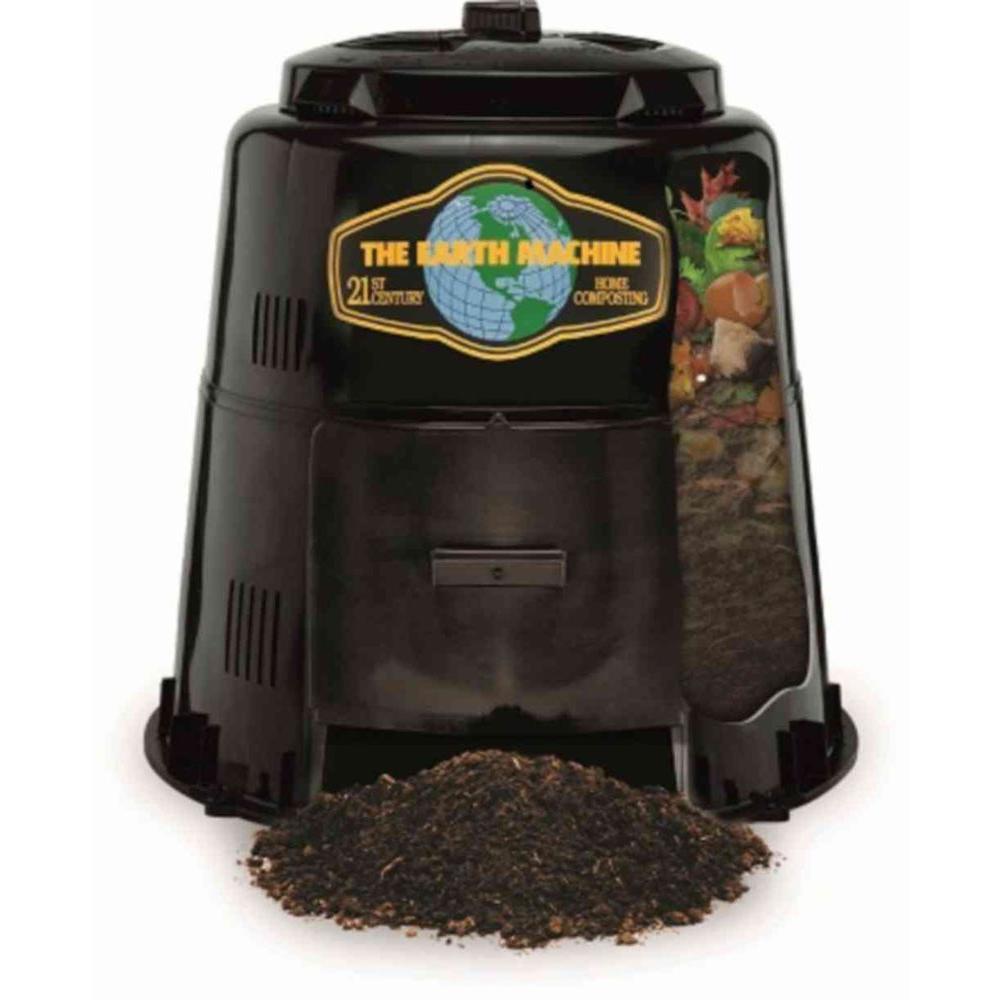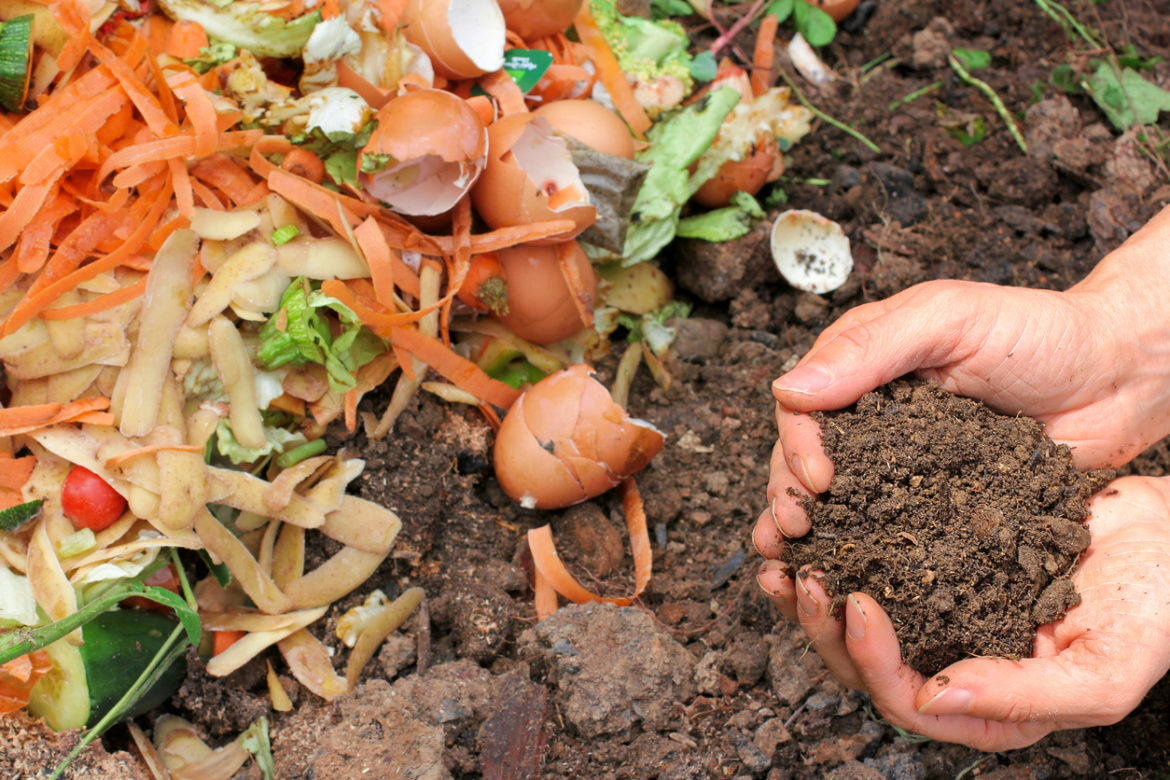It’s like magic. Almost anyone can transform dead things into matter that feeds the life of the earth.
Nutrient rich soils fuel the growth of sturdy plants. Vigorous plants produce hearty flowers and wholesome foods. And the healthy diets derived from these add vitamins and minerals to nourish the body and sustain it.
So the building of robust bodies begins in the garden, where composted materials — those dead things — act like a supplement to the soil. Compost, or the decomposition of kitchen and yard waste proves the cycle of life and death by rebirthing in rich dark matter. When added to the soil, compost allows it to breathe freer and retain moisture longer. Plants require less watering.
The home gardener might choose a freestanding compost pile, or purchase a compost bin.
Kent Brazier of Horti-Tec Holding Company prefers a ground compost pile to a closed unit. According to Mr. Brazier, such a set-up allows more air to circulate and offers better viewing and management. He suggests covering the pile with a tarpaulin, which will protect it from adverse weather conditions and keep it reasonably dry. Removable sideboards would help contain the material.
“Heat is the working mechanism,” Mr. Brazier said.
He said temperatures at the center of the compost reach between 50 and 70 degrees Celsius (122 to 158 degrees Fahrenheit). Turning and evenly spreading the material ensures uniform decomposition.
Scavengers should not cause concern.
“When it gets hot, there’s nothing for (rats) to eat,” Mr. Brazier said. “They won’t go anywhere near it.”
While a tarp over a ground pile could easily be breeched by a determined set of teeth, the closed structure of a compost bin prevents entry.
Trent Smith of Aberfeldy Nurseries said: “[A] compost pile is easier to work with… [But a] bin contains it, keeps cats and frogs away, rodents also.”
He noted the importance of location and said a slight odor might initially be noticeable “until the decay is down.”
According to Mr. Smith, you can put broccoli leaves, grass cuttings and vegetative leftovers into the bin.
But see www.epa.gov and www.earthmachine.com, for compost needs an equal amount of greens (nitrogen rich material like fruit and vegetable scraps, coffee grounds, crushed egg shells) and browns (carbon-rich material like crumbed stale bread, coffee filters, dried grass). These should be alternated in moist and dry layers and topped with a layer of soil, which according to www.eartheasy.com will mask any odor.
“Stay away from onions and garlic because the beneficial microbes won’t like it,” Mr. Smith said. “They’re the things that speed up the process of decay and break down the matter that you put in the compost bins.”
According to the Eartheasy website, banana peels, peach peels and orange rinds should also be avoided, due to possible pesticide residue.
Mr. Smith said: “It’s all up to the individual because some of them do contain pesticide. Everything is a personal choice… You’ve got to go with what works [for] you. Everybody will write the book differently.”
 Earth Machine composters are available in one size only from the Public Works Department at $80 each. They measure 32” high and 32” across the base.
Earth Machine composters are available in one size only from the Public Works Department at $80 each. They measure 32” high and 32” across the base.
To reserve your Earth Machine, pay the fee at Public Works on the third floor of the General Post Office building in Hamilton.
When you receive your receipt, call 278-0563 or email [email protected] for an appointment. You will be told where and when to collect your compost bin, and at that time will receive instructions on how to properly assemble and efficiently use it.

